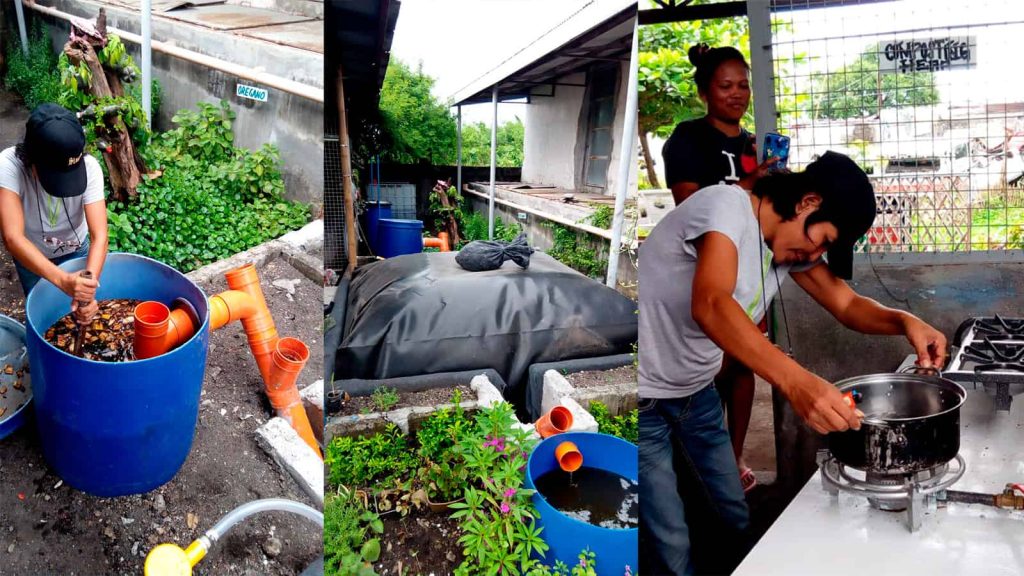By Elena Coll and Quirin Walter
We have recently started a project for organic waste management in the city of Manila, Philippines. We have installed a demo biodigester in a Materials Recovery Facility (MRF) on the outskirts of the city, a site built by the Philippines Government for sorting and storing recyclable waste that comes out of the city. We talked to Quirin Walter, Tech Ops Manager of Sistema.bio and Director of the Philippines project, about what it is that they are doing and why.
“When I came to the Philippines in early 2019, I noticed a really big interest in biogas, there was just no technology for small and medium-scale applications. It seems like now everyone is looking into biogas. It is like the new hype, but the only thing you see is some makeshift constructions in the backyard, which are just technically not functional.”
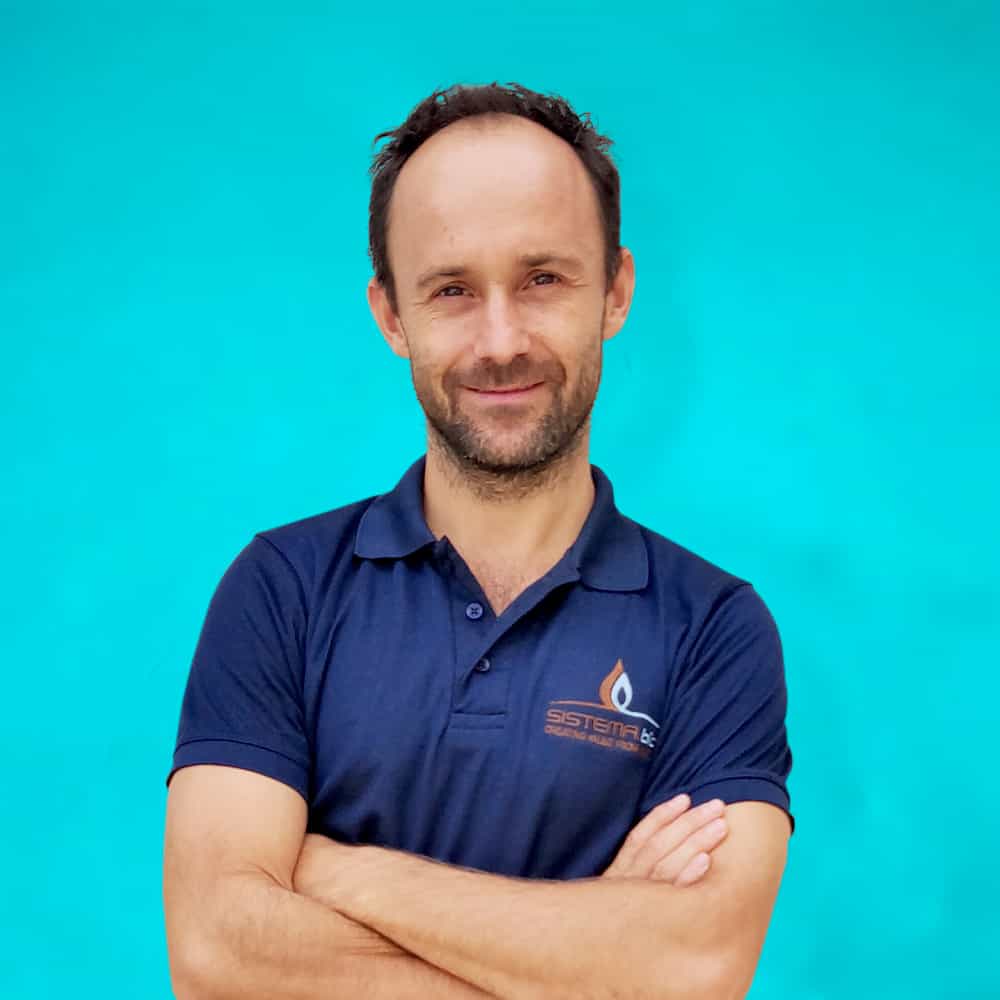
Quirin Walter
Sistema.bio Tech Ops Manager
The MRFs were created in 2001 as part of the Philippines’ Ecological Solid Waste Management Act as a way of decentralizing waste management. Local governments were asked to allocate land to install facilities where the garbage collection would be sorted into recyclables, organic waste and non-recyclable or residual waste. Before Sistema.bio came in, the facility was using organic waste for compost. But they quickly came across one of the main issues in urban waste management: lack of space. Composts are very space and time-consuming, and the traditional way of doing things proved ineffective when faced with big quantities.
As a way of introducing clean technologies to the waste management efforts, local startup Circular Solutions commissioned Sistema.bio to design a biodigester that could work on the organic waste that arrives at the MRF. We arrived in February 2019, and with the support of CREST and the Mother Earth Foundation, started working right away.
The demo organic waste unit is a 6 cubic meter biogas plant that can digest up to 25 kg of organic waste per day. The volume of biogas produced by this plant is enough to cook for an average of 5 hours in a biogas stove. We completed the installation in November 2019.
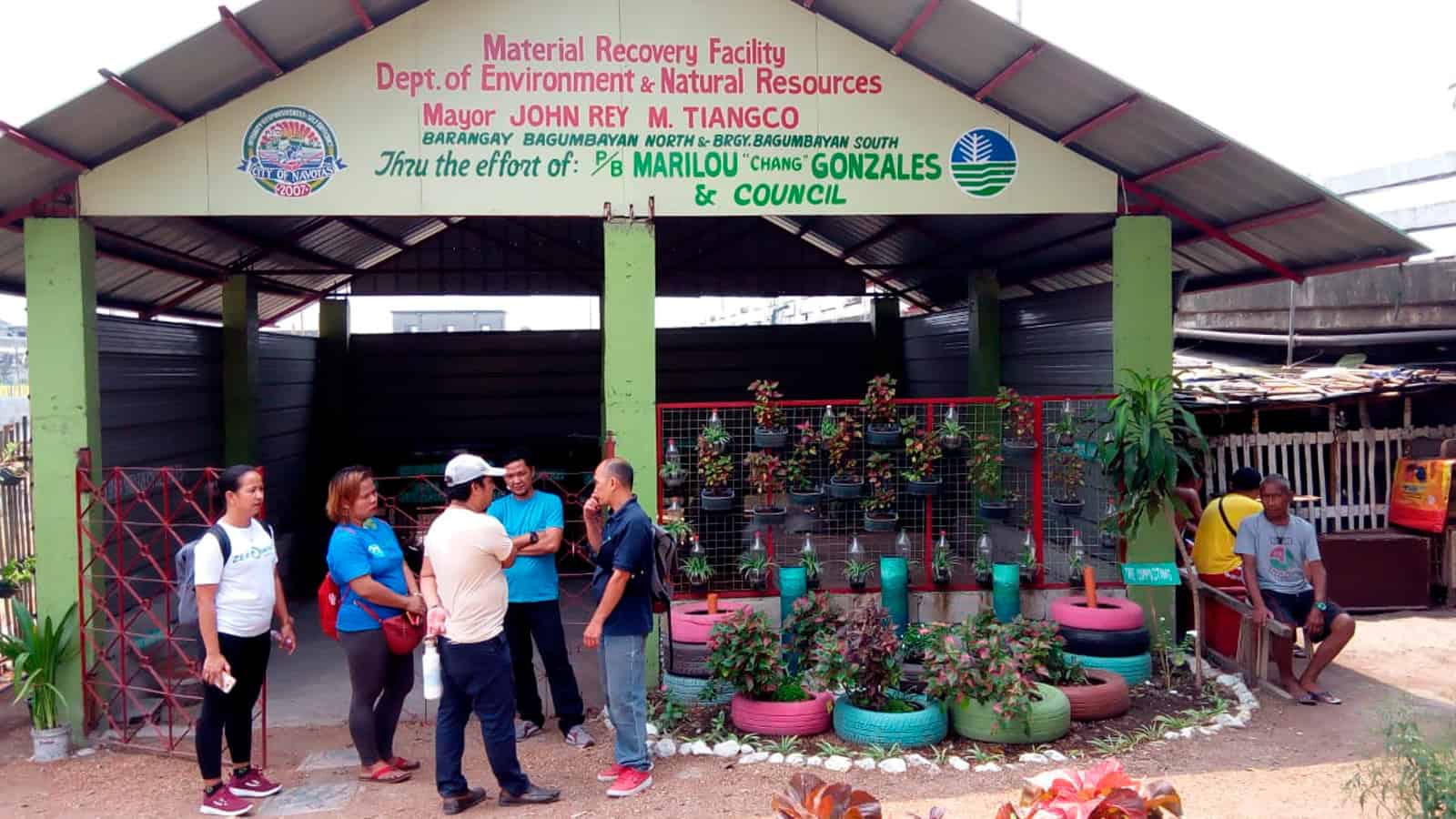
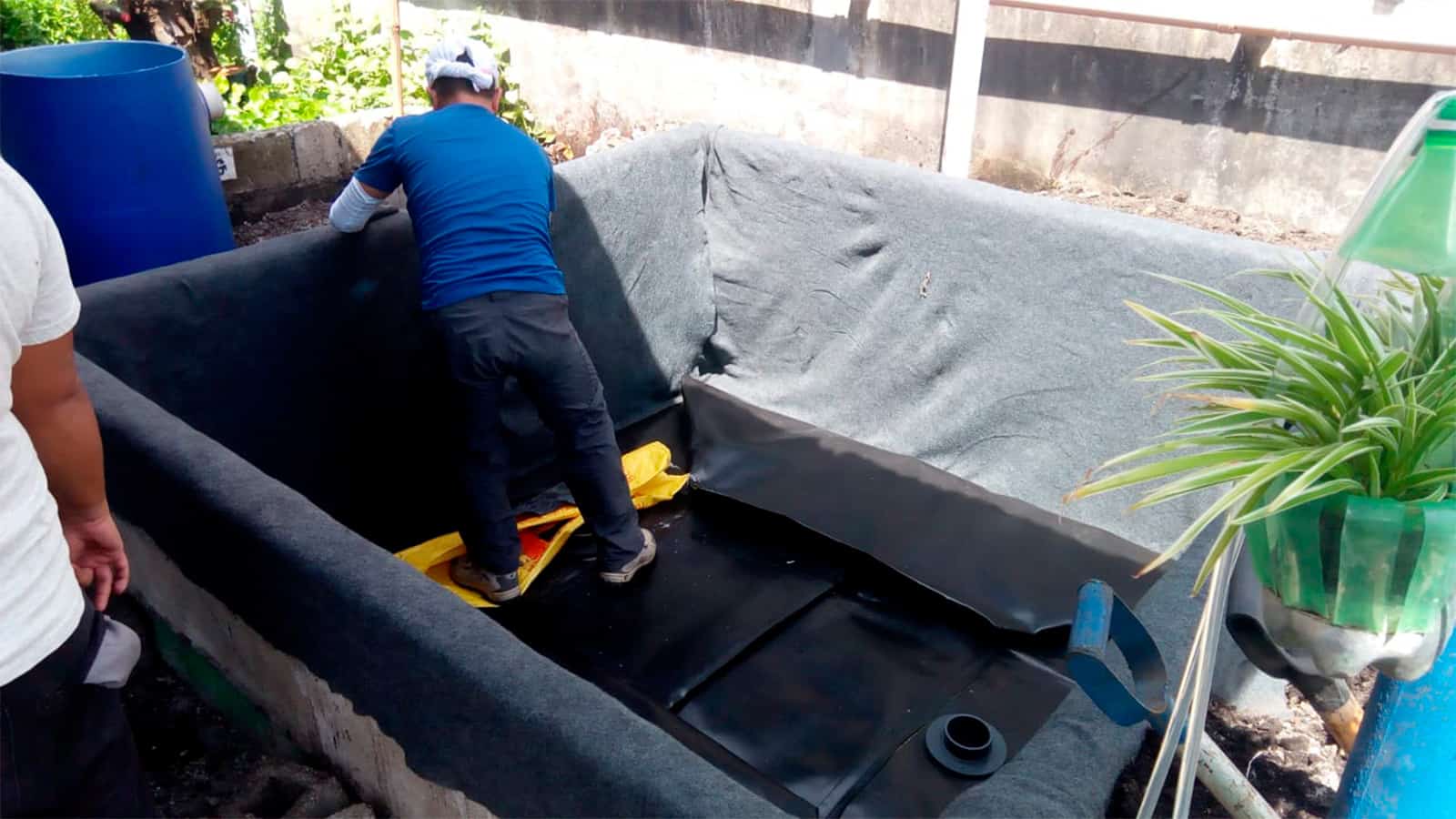
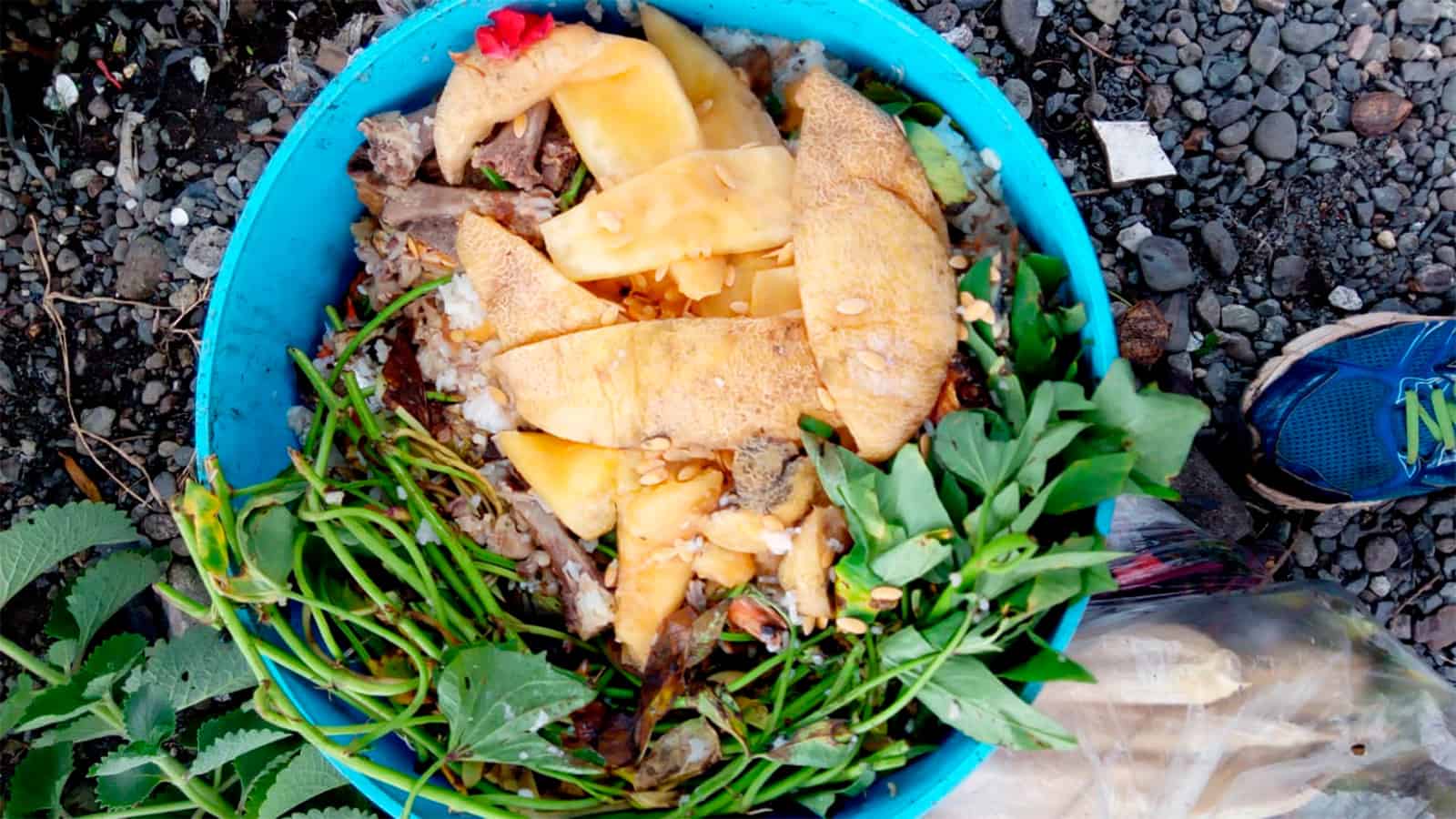
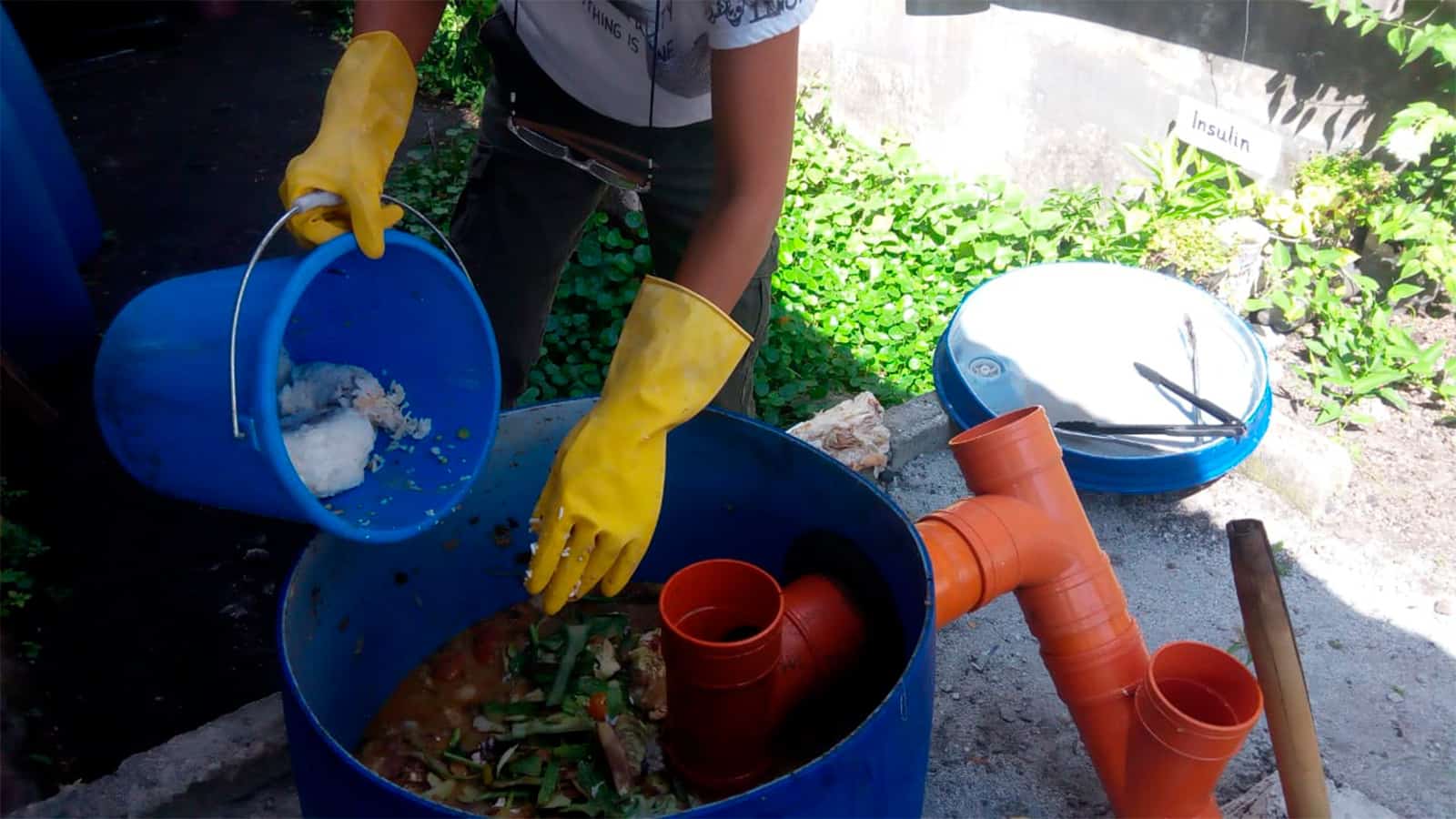
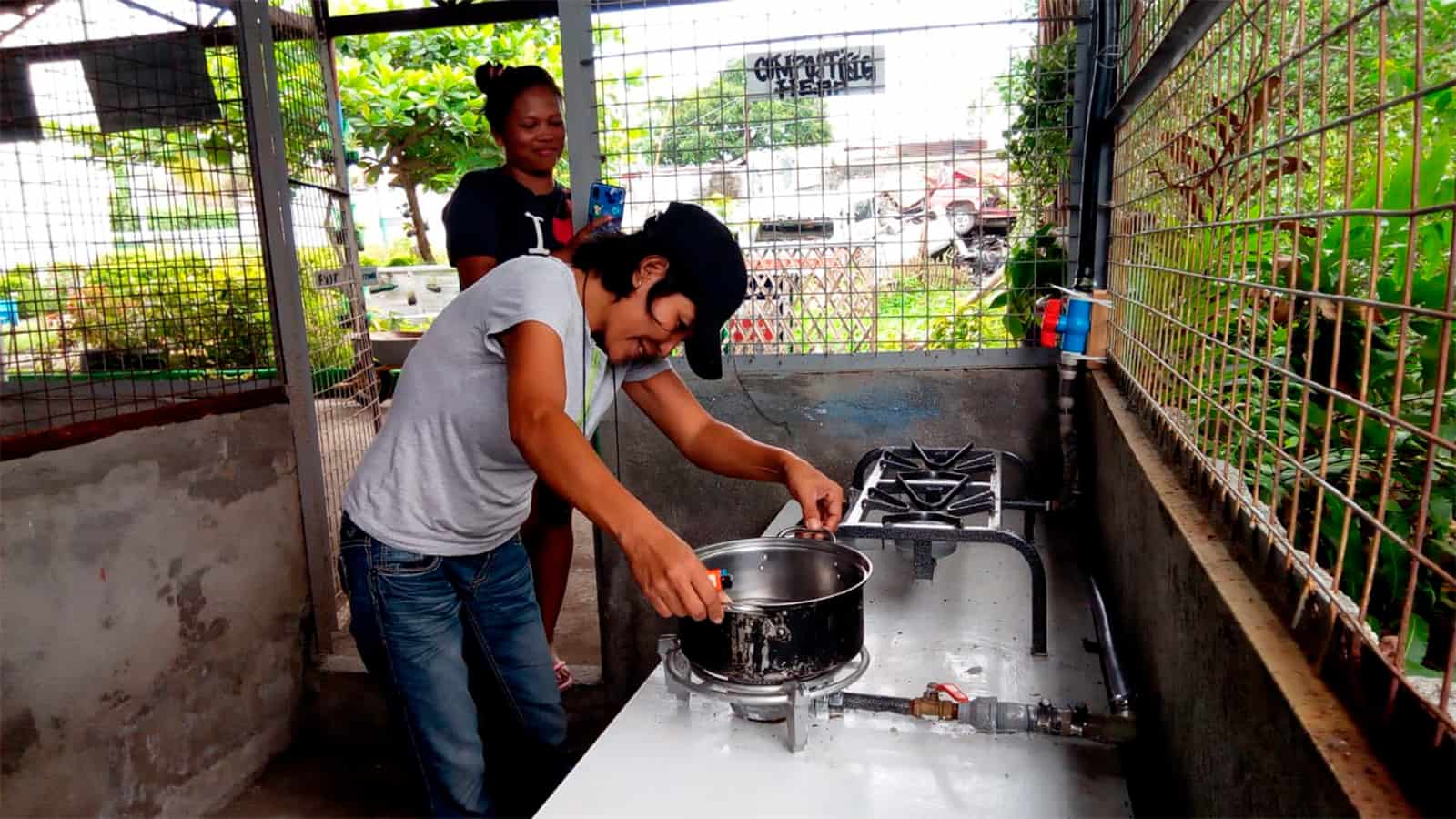
Previous
Next
There are many benefits of using a biodigester in these facilities. First of all, it helps solve the space issue, since the biodigester digests the organic waste in a shorter time and in a contained area. Then there is, of course, the benefit of biogas production, which for now is being used in the same facility by the workers. Instead of using LP gas or coal, the workers are now using the biogas to cook their lunches and heat water.
The bioslurry (organic fertilizer) produced by the biodigester goes into a hard compost, where they treat organic waste such as sticks and branches. The fertilizer is also used as nourishment for the facility’s garden, turning this specific MRF into a showcase of sustainable practices. Later on, the bioslurry will be sold back to the community for urban greening and kitchen garden projects.
Sistema.bio’s work in the Philippines has been a great learning experience in the development of biodigesters for urban contexts.
